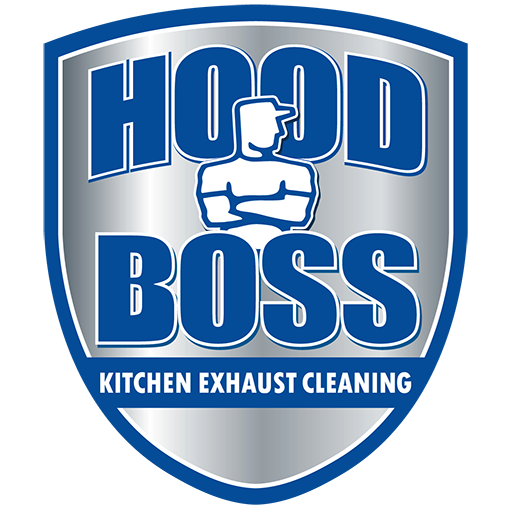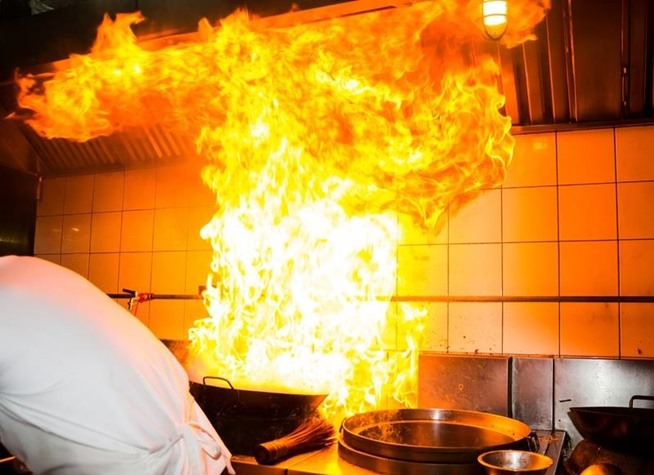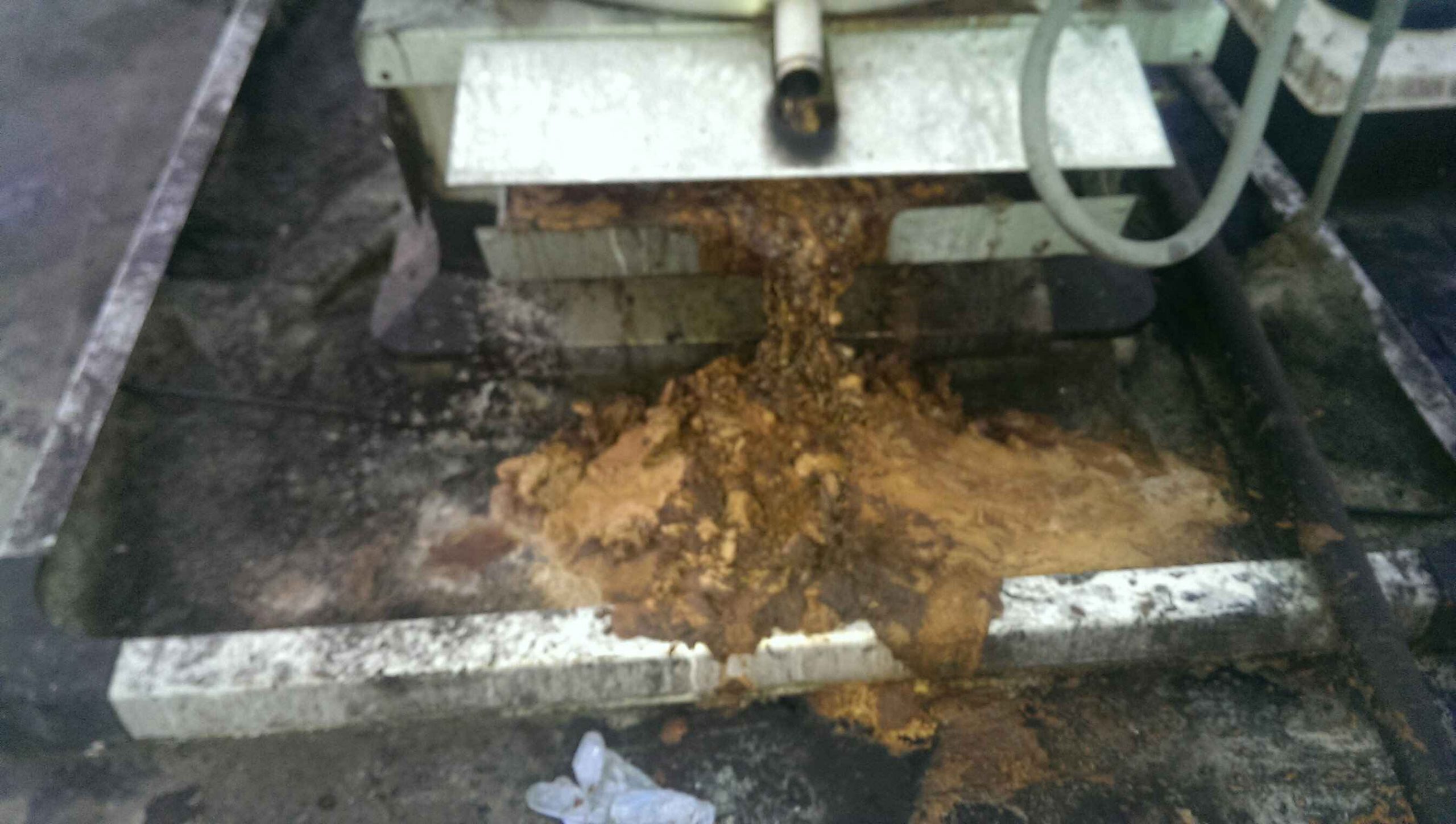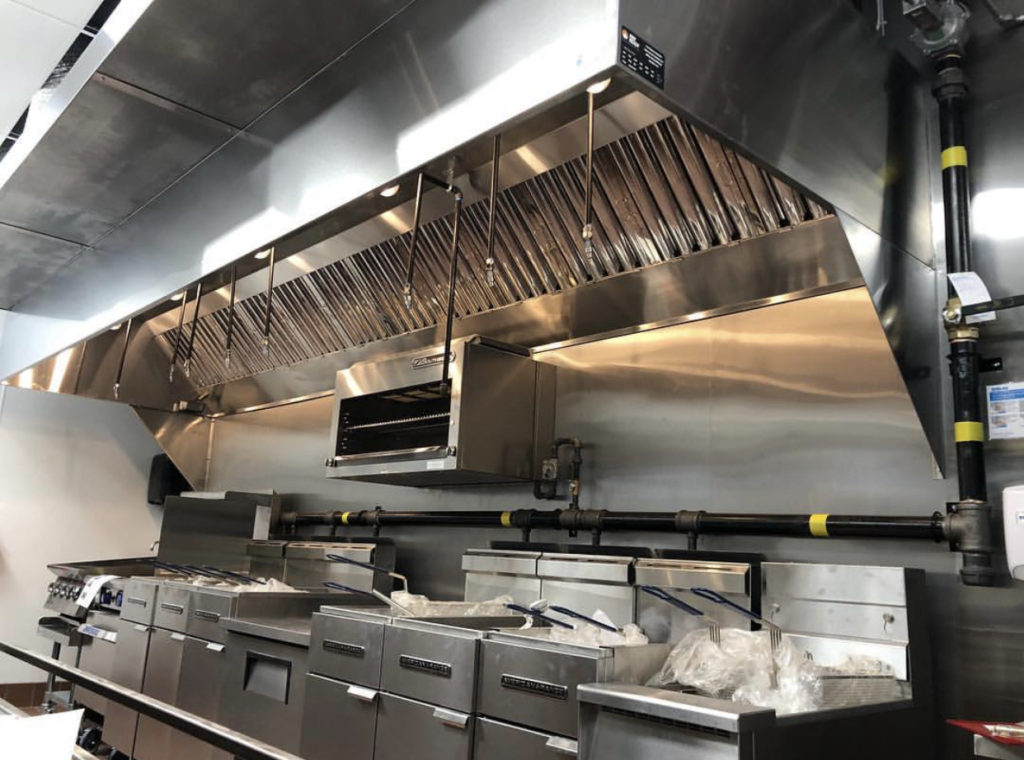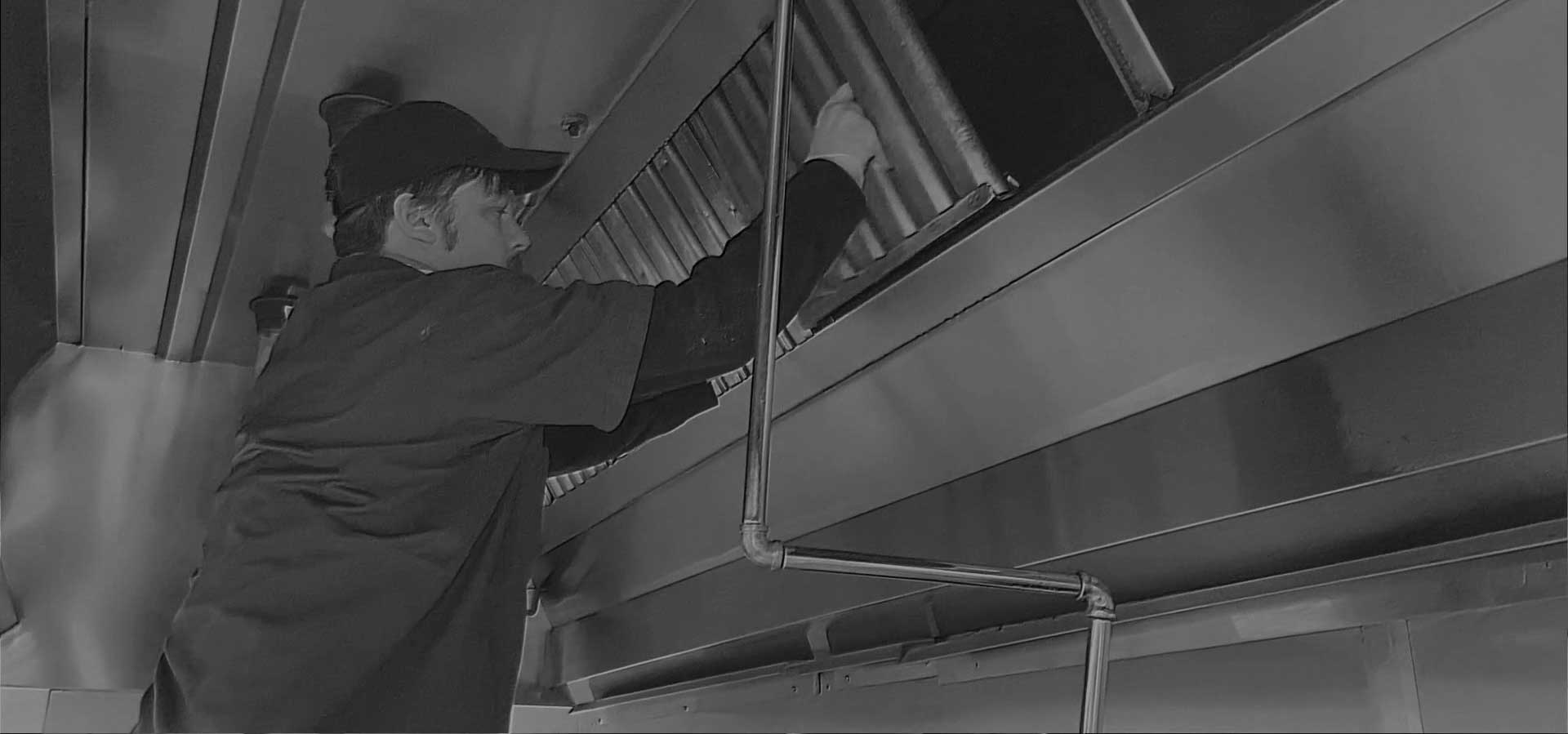
Grease fire prevention is absolutely essential in a commercial kitchen. Local fire codes demand that commercial kitchen operators comply with specific safety guidelines in this area including proper maintenance for their cooking appliances, fire suppression systems, and exhaust systems. Despite having all relevant safety measures in place to prevent grease fires from occurring, it is imperative your kitchen staff knows what to do if a grease fire does happen.
How do grease fires start?
When cooking oil or grease from animal fat gets too hot, it will catch on fire. Liquid oil itself does not burn. Rather, it is the vapor from oil that has reached its boiling and vapor point that ignites. The flash point of a flammable liquid material is the lowest temperature at which the material can form an ignitable mixture in air. For vegetable oils, this will happen around 450°F while lard and other animal fats will com-bust around 375°F. When the cooking oil reaches these temperatures, it is giving off vapors that can be ignited by an ignition source such as an open flame or hot cooking surface. The situation will be much more dangerous if the fire manages to spread to the interior of your exhaust hood or duct work as it can easily travel to other parts of the building from there.
Follow these simple rules if a grease fire does occur:
- Do not panic. When a fire ignites, it is natural to panic and have a lapse in reason. Remember to stay calm and you can control the fire quickly and safely.
- Do not pour water on a grease fire. Water will only spread the fire and make it worse. Oil burns at a much higher temperature than water boils and oil floats on top of water. When you throw water onto a grease fire, the water sinks below the oil and is flash-boiled to steam by the intense heat which blows the oil out like a small explosion. This causes the oil to break into thousands of tiny droplets. All those droplets have a lot more surface area than the original pool of oil. The greater surface area allows the oil to mix with oxygen at an increased rate which speeds up the combustion of the oil so much that it transitions from “on fire” to “exploding.”
- Do not move burning materials. Moving the pot or item that is on fire could potentially make matters worse. Grease could splatter and cause injury or additional fires.
- Turn off the heat source. In the event of a grease fire on the cook top, the first thing to do is immediately turn off the heat. This will stop any new splashes of grease or oil from being heated to combustion point. Remove the source of flame, and the fire has a good possibility of going out on its own.
- Cover the flames. If the fire is occurring within a pot or skillet, covering the pot can help smother the flames. Slide a wet towel, metal lid, baking sheet, or another pan over the flames from the front to back to keep any oil that may splash away from you. Pouring salt and baking soda on the fire may work, but it is inefficient and dangerous. Depending on the amount of oil in the pan, you can displace the oil spread the fire.
- Use a fire extinguisher. If the fire has spread beyond the pot or pan, grab the closest fire extinguisher. You must control the flames before they overtake the equipment and spread to the exhaust hood. When using a fire extinguisher on a grease fire, do not aim it at the base of the fire. Aim it so that the spray goes over and onto the fire while standing several feet back from the flames. Commercial kitchens must have fire extinguishers on hand, and the best kind to have is a Class K (kitchen) extinguisher. Class K fire extinguishers contain a blend of Potassium Acetate and Potassium Citrate that is extremely effective in combating fires fueled by cooking oils used in commercial cooking. Once a vegetable oil has reached its flash point, and has ignited, it is possible for the auto-ignition temperature to become lower. This means that re-ignition may occur after the flames have been extinguished unless the oil is cooled down to below the new auto-ignition temperature. This restaurant fire extinguisher sprays a mist so that the oils don’t splash and it creates a solid barrier between the extreme heat source and oxygen so that it will not be able to reignite.
- Activate the fire suppression system. In the event the grease fire has gotten out of control, the automatic fire suppression system should activate and release a mist of chemicals to extinguish the fire. However, if for some reason the system does not activate, get out of the kitchen and activate the system manually buy pulling the switch on the wall.
